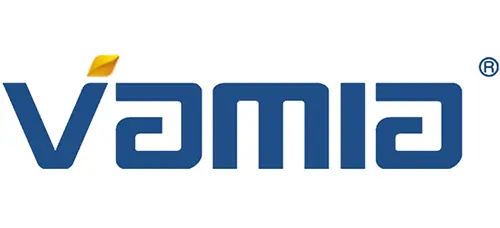Deep analysis of the filter principle and technology of water purifier
The filtration principle and technology of water purifier is the key to achieve water purification function.
The common filtration technology is mainly the following: First, PP cotton filtration,
which as a primary filtration, can effectively remove large particles of impurities in the water, such as sand, rust,
suspended matter, etc., to protect the subsequent filter element from being blocked by large particulate matter and extend its service life.
The second is activated carbon filtration, activated carbon has a strong adsorption capacity,
can absorb the water of different colors, odor, residual chlorine,
some organic matter, etc., to improve the taste and smell of water.
The third is ultrafiltration technology, ultrafiltration membrane aperture is small,
can filter out bacteria, viruses, macromolecular organic matter, etc.,
but can not remove heavy metals and small molecular organic matter.
Fourth, reverse osmosis technology, which is currently one of the most advanced and effective filtration technology,
the principle is under pressure, let the water through the semi-permeable membrane, only allow water molecules to pass through,
and almost all impurities in the water, including heavy metals, bacteria, viruses, pesticide residues,
etc. are intercepted on the other side of the membrane, so as to get almost pure water purified water.
Water Purifier Factory, Water Purifier For Home, Water Purifier Machine, Water Purifier, Water Filter Purifier System
In addition, some high-end water purifiers will also use nanofiltration technology, ion exchange technology,
etc., to further improve water quality and meet different water purification needs.
Understanding these filtration principles and technologies helps consumers better understand
the working mechanism and performance characteristics of water purifiers, so as to make more informed purchasing decisions.
Deep Analysis Of The Filter Principle And Technology Of Water Purifier

